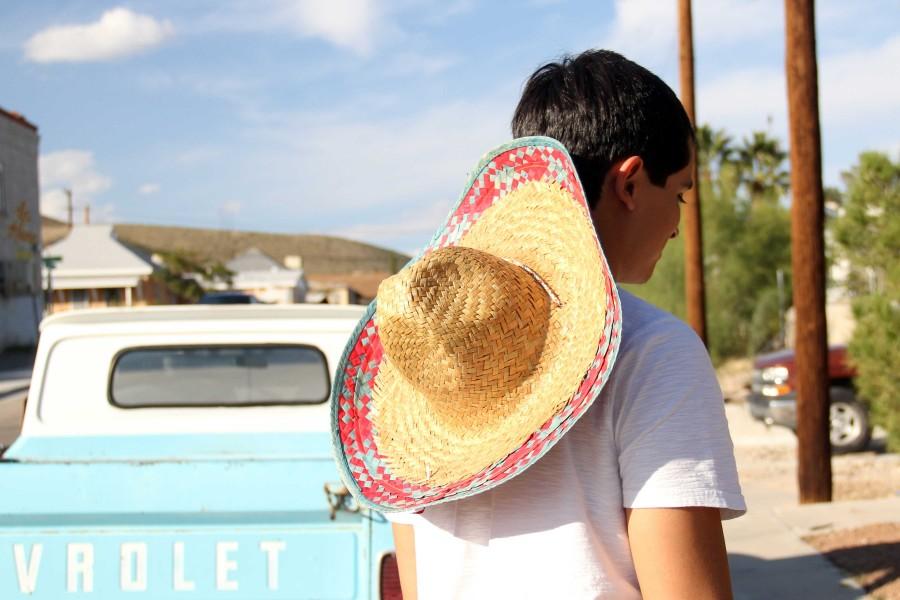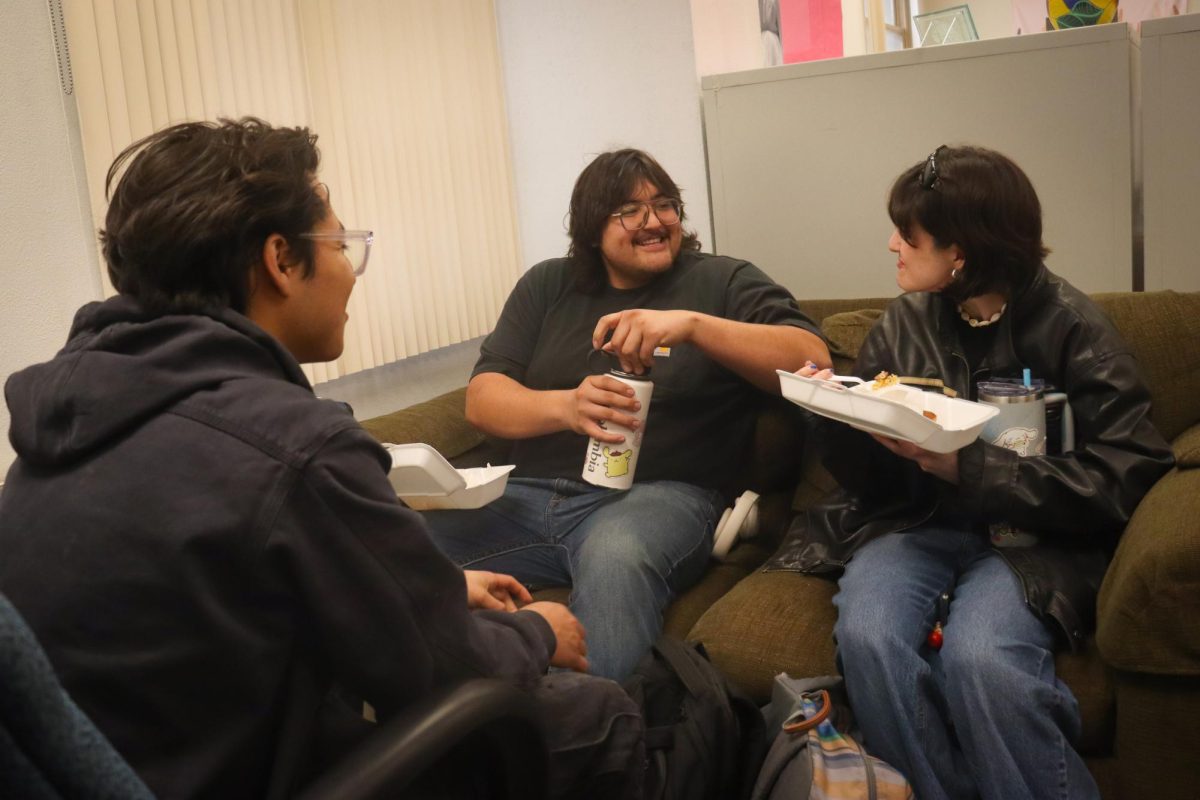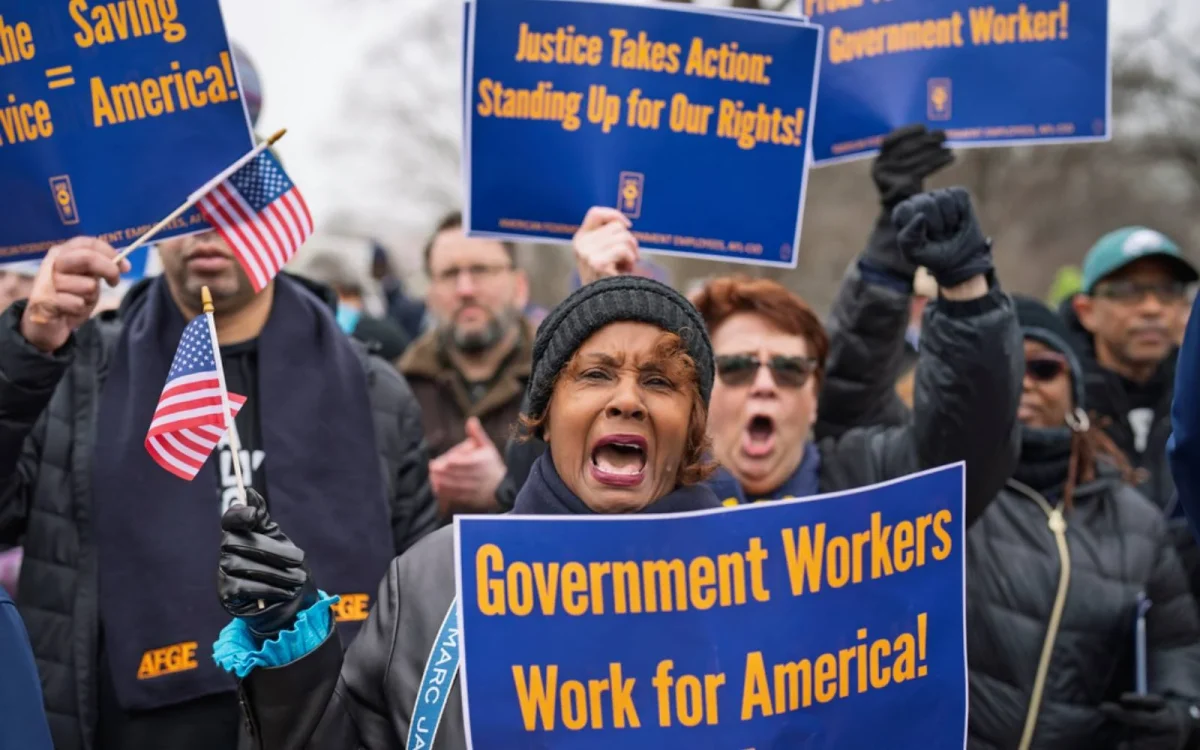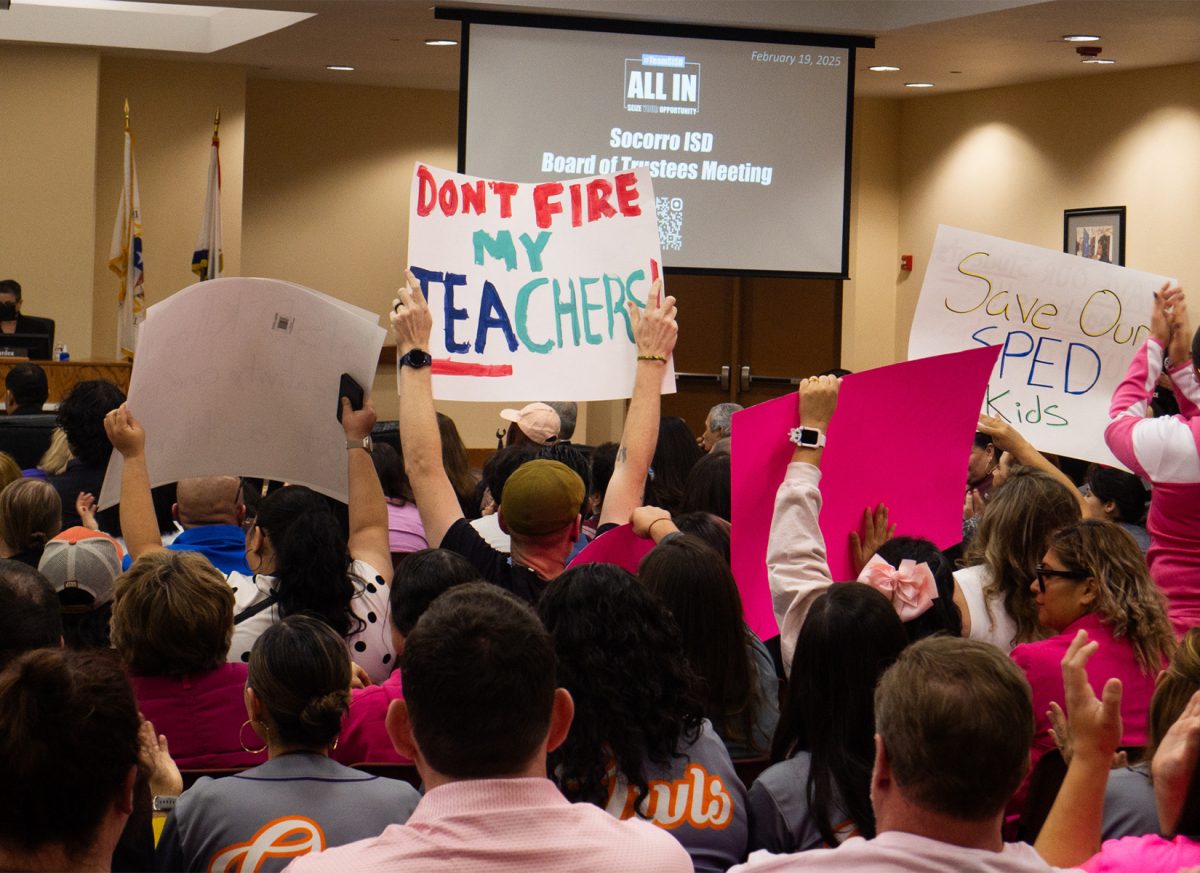Most Halloween costumes tend to glamorize the macabre and the dead. Some costumes profile public figures and fictional characters. Others, however, depict ethnic groups with unsubtle stereotypes that some might take as mockery.
Amongst the witches and the freakish ghouls, it has now become common to also see a Mexican peasant with his oversized sombrero and poncho or a bald man from India with a red-dotted forehead adorned only in a dhoti—the draped cloth garment Gandhi mostly wore.
These cultural depictions might seem humorous and entertaining on Halloween night, but they may also imply certain ideas that are embedded into society’s consciousness.
Dennis Bixler-Marquez, professor and director of Chicano Studies, thinks that these sort of social occurrences help perpetuate the stereotypical tendencies.
“By depicting one image of an ethnic group and implying the stereotypical visuals people have of that group, we are putting the entire demographic in a homogenous mass,” Bixler-Marquez said. “People have become indifferent to this kind of thing. Seeing it in mass media has definitely helped. It basically has licensed people to engage in the representation of others with impunity. It gives off negative connotations and stigmatizes the entire ethnic group. But since it is being done at a social level through TV, it comes across okay to dress up and basically mock the individual through costume form.”
Isaac Torres, senior organizational and corporate communication major, said that with consideration and modesty, the situation doesn’t necessarily need to be offensive.
“I don’t see these costumes as inappropriate as long as they don’t go absolutely over the top in trying to be offensive. As long as the person wearing the costume doesn’t act in a tasteless manner, then I don’t see a problem with it,” Torres said. “Although the thought of stereotyping with costumes is inevitable, I think the people involved are also important.”
Torres also said that people in El Paso, as a largely Hispanic population, might not have a problem with someone dressing up as a Mexican, but in another area, where the population is not mostly Hispanic, there might be some issues.
“I think the context of who, what and where determines whether a costume is offensive or simply fun
and games,” he said.
Alejandro Ramirez, a senior media advertising major, said that although it is comical to see such costumes, it is still degrading to that specific
ethnic group.
“At the end of the day, it really implies which people are subjected to ridicule and humiliation. If these costume manufacturers actually develop a costume line based off of the image of a poor Mexican man, then it means that the general overview of this person is exactly that,” Ramirez said. “No one ever dresses up as a white
man, right?”
Bixler-Marquez said that both socioeconomic status and historical value are considered in choosing a particular ethnic group to
disguise oneself in.
“People tend to view lower-income populations and bi-national individuals as the comedic focal point, so it’s easy to make up a costume based off of these particular groups,” Bixler-Marquez said. “The more negative light that is cast on ethnic groups through media, the easier it is to get away with making fun of them.”
Bixler-Marquez also said that along with television, social media has helped entertain the idea of ethnic mockery by illustrating the stereotypes of individuals with humor and wit, but that this should be
taken lightly.
“Back in the day, all the costumes you saw were rather ghoulish, after all, it’s Halloween. Nowadays, it’s more of an opportunity to lash out or state something humorously. Even people within that ethnicity will dress up as themselves and make fun of it,” Bixler-Marquez said. “That makes it more okay for this kind of thing to happen. In the end, though, it depends on the maturity level and intellect of the individual. There is a way to separate the funny depiction of something to the actual truth.”
Jose Soto may be reached at [email protected]







